Slot-Die Coating: A Game-Changer for Sustainable Packaging Using Cellulose Nanocrystals and Chitosan
Slot-die coating technology is transforming the field of sustainable packaging by enabling the precise application of bio-based coatings on paper. In this blog post, we will explore how slot-die coating, combined with near-infrared (NIR) drying, was used in a recent study to create an effective barrier for paper packaging using cellulose nanocrystals (CNC) and chitosan (Cht). This innovation could be a game-changer in reducing the need for traditional plastic barriers.
Overview
In the quest for more sustainable packaging, paper is a strong contender due to its biodegradability and recyclability. However, its inherent properties, like porosity and hydrophilicity, make it a poor barrier against gases and moisture. To overcome these limitations, researchers have focused on developing bio-based coatings that can turn paper into a viable alternative for plastic-based packaging. In this study, CNC and Cht were used to create a two-layer barrier coating for paper, applied using a slot-die coating process—a scalable, efficient method for applying thin, uniform films. This coating was dried using a high-performance near-infrared (NIR) energy drying system to create a compact and uniform coating with improved barrier properties.
Key Highlights
Barrier Enhancement for Paper Packaging: The CNC and Cht coatings significantly enhanced the paper's ability to resist oxygen, air, and water vapor. The result is a more suitable material for industries like food and pharmaceutical packaging that require effective barrier solutions.
Slot-Die Coating Efficiency: Using slot-die coating ensured a precise, uniform application of the CNC and Cht layers. Combined with NIR drying, this process enabled the rapid formation of a compact film, conserving energy while achieving excellent coating performance.
Sustainable, Biodegradable Solution: The resulting paper-based material is not only biodegradable but also compostable and recyclable—making it an excellent alternative to plastic-based packaging, contributing to a circular economy.
The Power of Slot-Die Coating for Sustainable Packaging
What is Slot-Die Coating?
Slot-die coating is a precision coating process that requires a slot-die head to apply thin films to various substrates. This technique is gaining popularity in packaging applications because of its unique ability to deliver consistent coating thicknesses, precise control over material usage, and suitability for scaling up from laboratory to industrial production. The use of a slot-die head allows for high-speed, uniform application, making it an ideal choice for creating sustainable packaging solutions that require efficient and effective barrier coatings.
In this study, slot-die coating allowed for the precise deposition of CNC and Cht, each having unique properties that enhanced the barrier capabilities of paper:
Cellulose Nanocrystals (CNCs) are anionic materials known for their excellent barrier properties against gases like oxygen and air. They adhere well to cellulose fibers, creating an effective layer that minimizes air permeability.
Chitosan (Cht), a cationic biopolymer derived from chitin, further improves the moisture barrier properties of the paper. Chitosan adds hydrophobicity, reducing water permeability while providing additional antimicrobial benefits.
The use of CNC and Cht together takes advantage of their opposing charges, ensuring strong adhesion between the layers, which is essential for maintaining the integrity of the coating under various environmental conditions.
Choosing the right slot-die head is essential for optimizing your coating processes. For detailed guidance, check out our comprehensive guide on selecting the best slot-die head for your needs.
High-Performance NIR Drying for Rapid Processing
An important aspect of this study was the use of near-infrared (NIR) drying. Unlike conventional drying methods, NIR drying offers rapid and energy-efficient removal of moisture from the coated layer. It penetrates deeply into the substrate and heats water molecules directly, allowing for an even and efficient drying process. The NIR drying system ensured that the CNC and Cht coating formed a compact film, preventing cracks or defects that could compromise barrier performance.
The ability to quickly dry the coated layer without causing damage to the underlying paper is crucial for achieving high-quality packaging materials. The researchers found that NIR drying helped achieve a smooth and uniform coating, which is essential for ensuring consistent barrier properties.
Breaking Down the CNC and Chitosan Coating Process
Step 1: Formulating the Coating Solution
The researchers formulated a coating solution that included:
11 wt% CNC suspension: A moderately concentrated anionic solution for forming the initial barrier layer.
2 wt% Cht solution: A cationic layer applied on top of the CNC, with the addition of 20 wt% sorbitol to enhance flexibility and performance.
Pigment Pre-Treated Papers: The study tested both plain and pigment pre-treated paper substrates to determine the effectiveness of the coating across different surfaces.
Step 2: Coating Application Using Slot-Die Technology
Using slot-die coating, the formulated CNC and Cht layers were applied sequentially. Slot-die coating allowed for precise control over important parameters like:
Injection Speed: The study tested injection speeds of up to 80 mL/min, showing that CNCs could be applied at higher speeds while maintaining homogeneity.
Dry Thickness Settings: The researchers adjusted dry thickness settings to evaluate the optimal coating weight and layer uniformity.
The precise control offered by slot-die coating resulted in homogeneous coating distribution across the paper surface, leading to improved barrier properties and better resistance to environmental stressors.
Step 3: NIR Drying for Optimized Results
The high-intensity NIR drying system ensured the rapid removal of moisture from the coated paper, without damaging the coating or the underlying paper fibers. This efficient drying method was crucial for maintaining the structural integrity of the paper while minimizing energy consumption.
Understanding the differences between non-heated and heated slot-die heads is vital for selecting the best option for your specific coating needs. Be sure to read our guide on non-heated vs. heated slot-die heads.
Benefits of CNC and Chitosan Coatings in Sustainable Packaging Enhanced Barrier Properties
Air and Oxygen Barrier: CNCs provided outstanding air and oxygen barrier performance. Air permeability values ranged from 4.2 to 1.5 nm/Pa s, while oxygen permeability values ranged from 2.7 to 1.1 cm³ mm/m² d kPa. This makes the coated paper suitable for applications where gas transmission must be minimized, such as in food packaging.
Water Vapor Resistance: The Cht layer improved water vapor resistance, reducing water vapor transmission rates (WVTR) to 0.23–0.28 g mm/m² d Pa. The combination of CNC and Cht resulted in a highly effective dual-layer barrier that balanced both gas and moisture resistance.
Adhesion and Mechanical Properties
Strong Layer Adhesion: The anionic CNCs bonded effectively with the cellulose fibers of the paper substrate, while the cationic Cht layer adhered well to the CNC layer. This strong interlayer adhesion is critical for the durability of the coating, especially under varying environmental conditions.
Physical Enhancement: The coatings also improved the paper’s surface properties, including wettability and surface strength, ensuring that the paper maintains its structure even when exposed to challenging conditions.
Scalable and Environmentally Friendly
The use of slot-die coating and NIR drying makes the entire process not only effective but also highly scalable, opening the door for industrial applications. The bio-based CNC and Cht coatings are:
Recyclable and Compostable: Aligning with the goals of the circular economy, these coatings are biodegradable and compostable, reducing the environmental impact of packaging materials.
Energy-Efficient Production: Using NIR drying reduced the energy required compared to traditional drying methods, making the coating process more sustainable.
Conclusion: Slot-Die Coating Paves the Way for a Greener Future
The combination of slot-die coating and high-performance NIR drying in this study showcases a practical pathway to creating high-performance, sustainable paper-based packaging materials. By using cellulose nanocrystals and chitosan, researchers have developed a coating that significantly enhances the barrier properties of paper, making it a viable alternative to plastic-based materials in packaging applications.
This innovation offers the packaging industry an environmentally friendly solution without compromising on functionality—an essential step forward in the global effort to reduce plastic waste. Slot-die coating continues to demonstrate its versatility, scalability, and suitability for modern packaging challenges, and with the added benefits of CNC and Cht, we can look forward to more sustainable and high-performing alternatives for our everyday packaging needs.
Authors:
Ylenia Ruberto, University of Parma
Vera Vivod, University of Parma
Janja Juhant Grkman, ICP - Pulp and Paper Institute, Ljubljana
Gregor Lavrič, ICP - Pulp and Paper Institute, Ljubljana
Claudia Graiff, University of Parma
Vanja Kokol, Univerza v Mariboru
Explore Slot-Die Coating for Your Next Packaging Solution
If you are interested in using slot-die coating for your own sustainable packaging projects, contact us for more information on how our slot-die heads and coating systems can support your innovation goals.












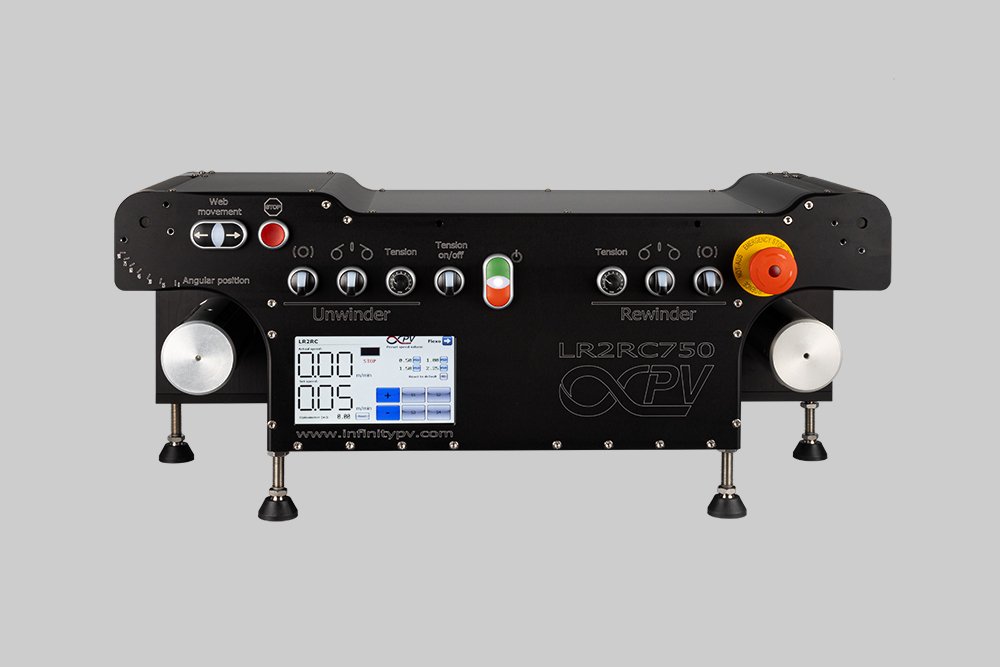


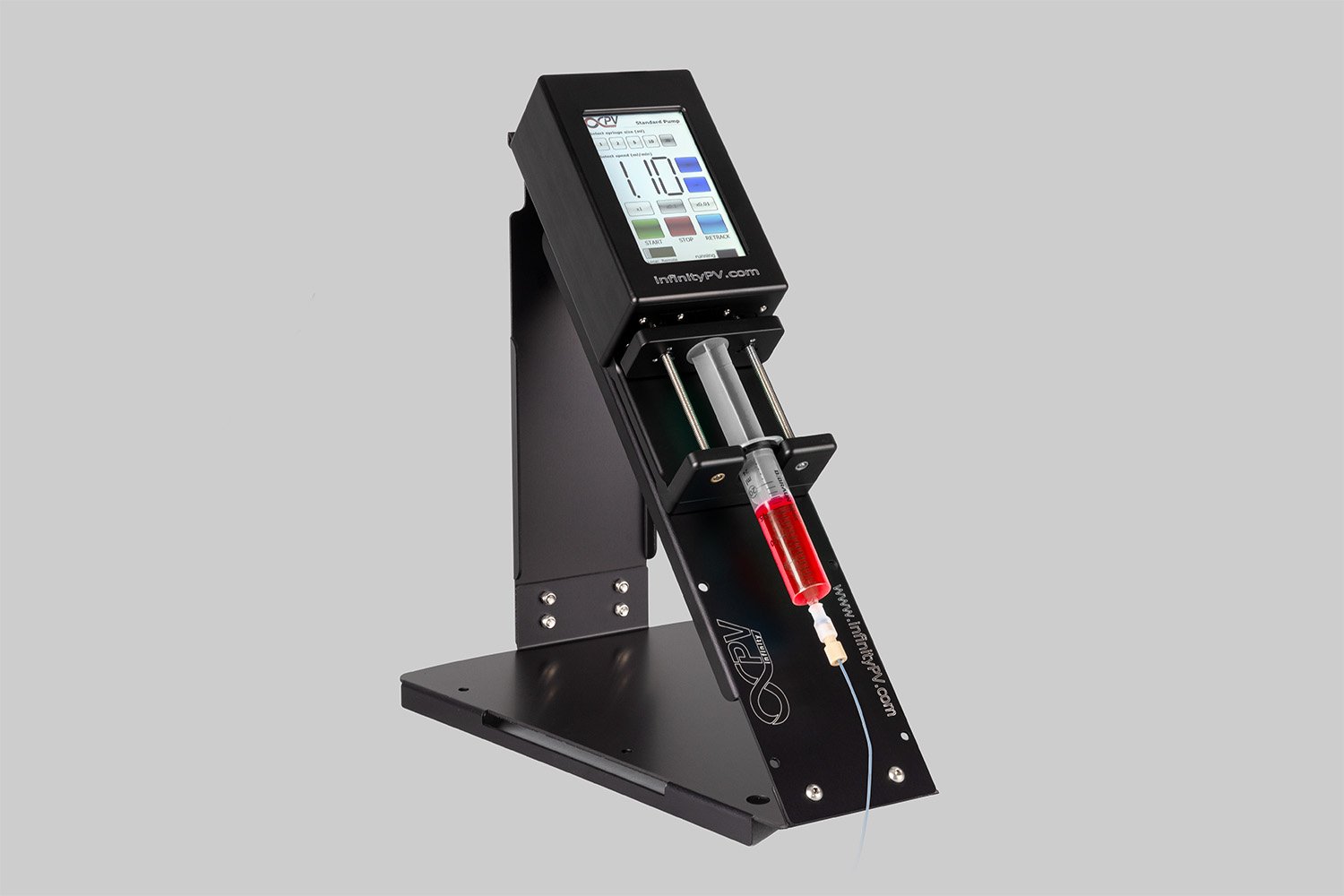

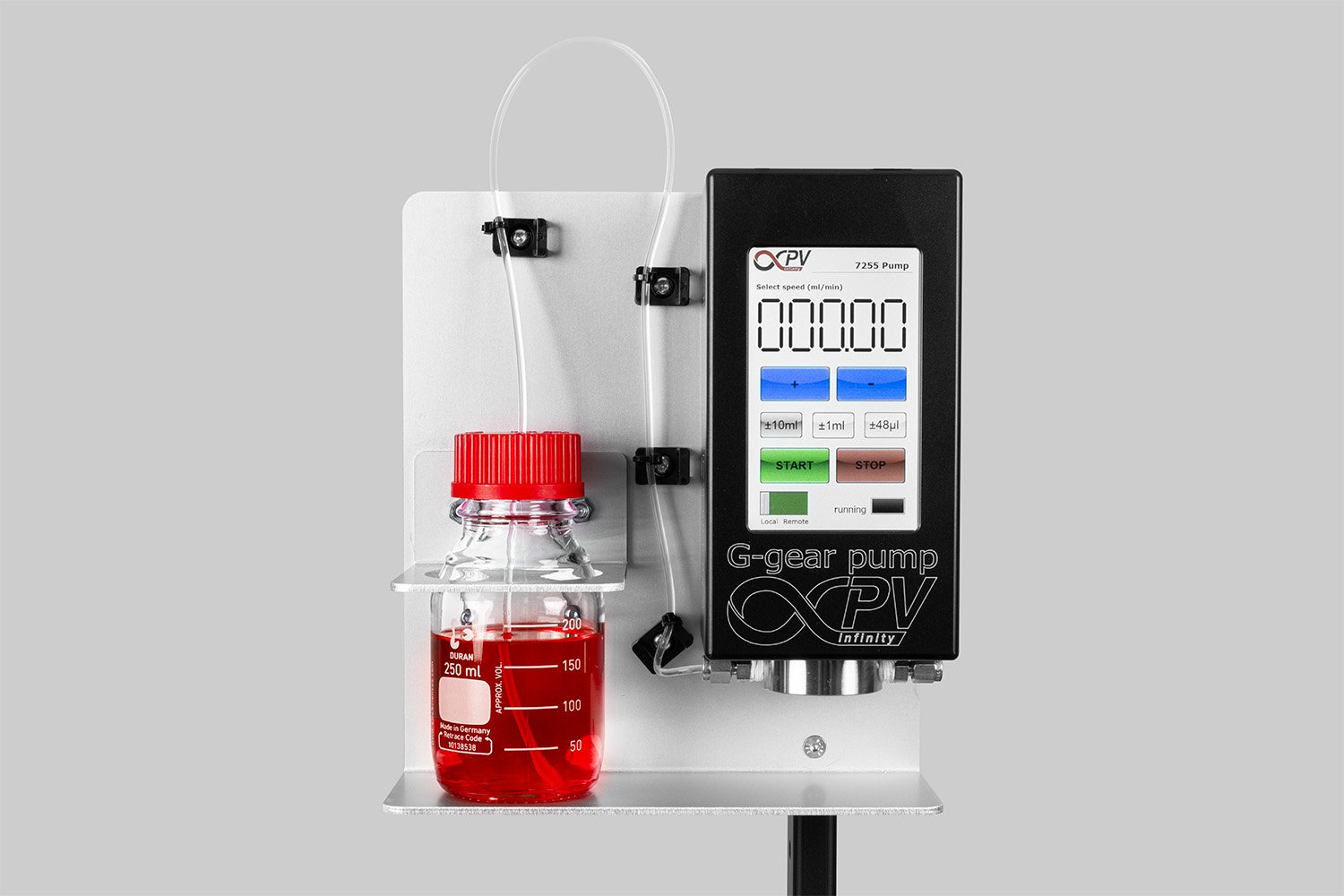
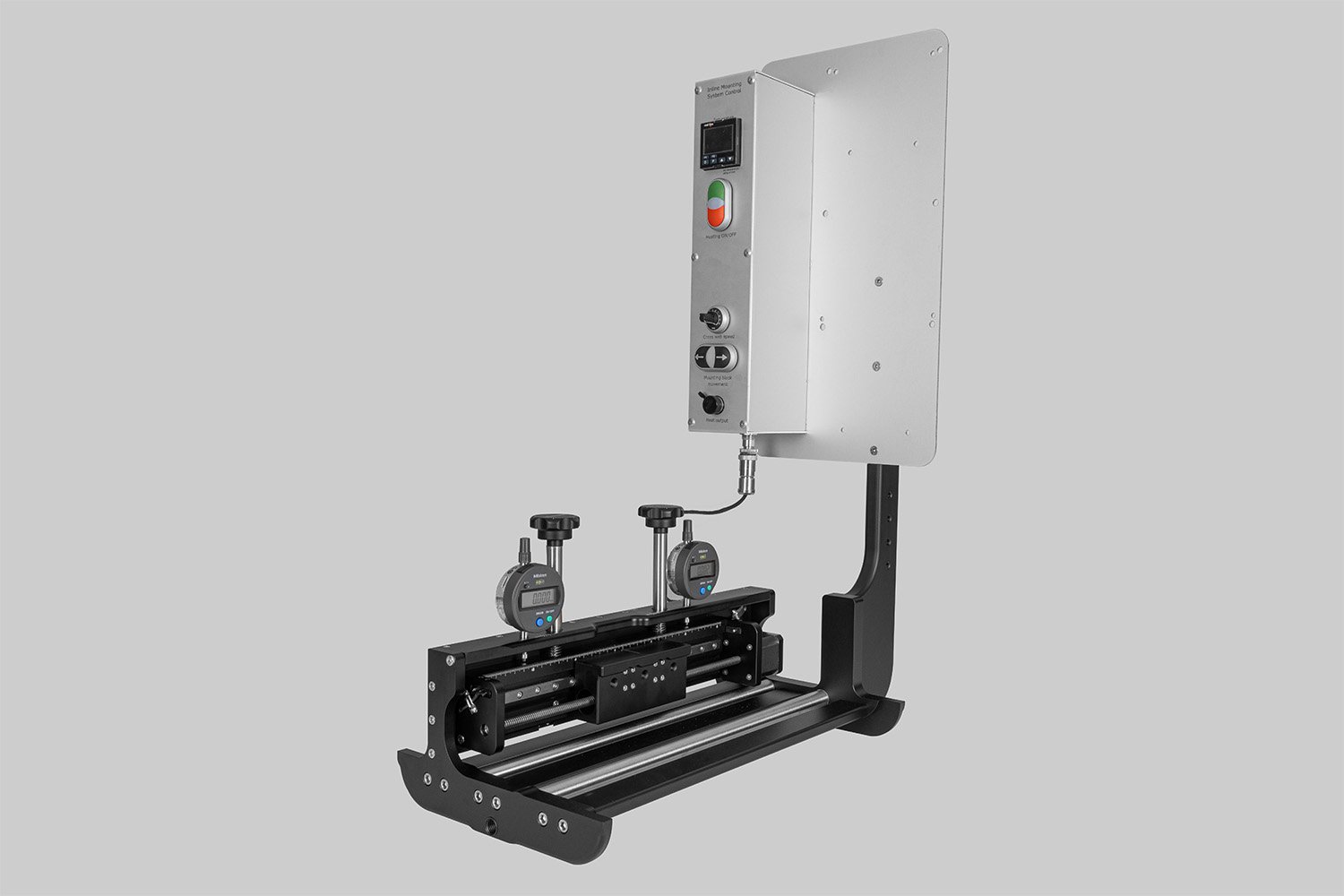

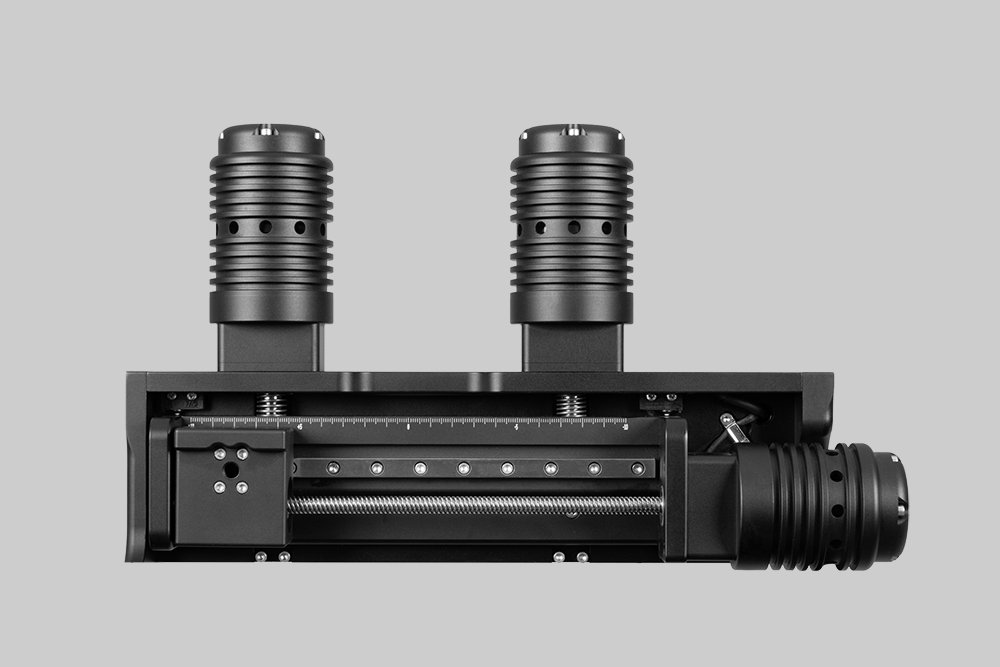


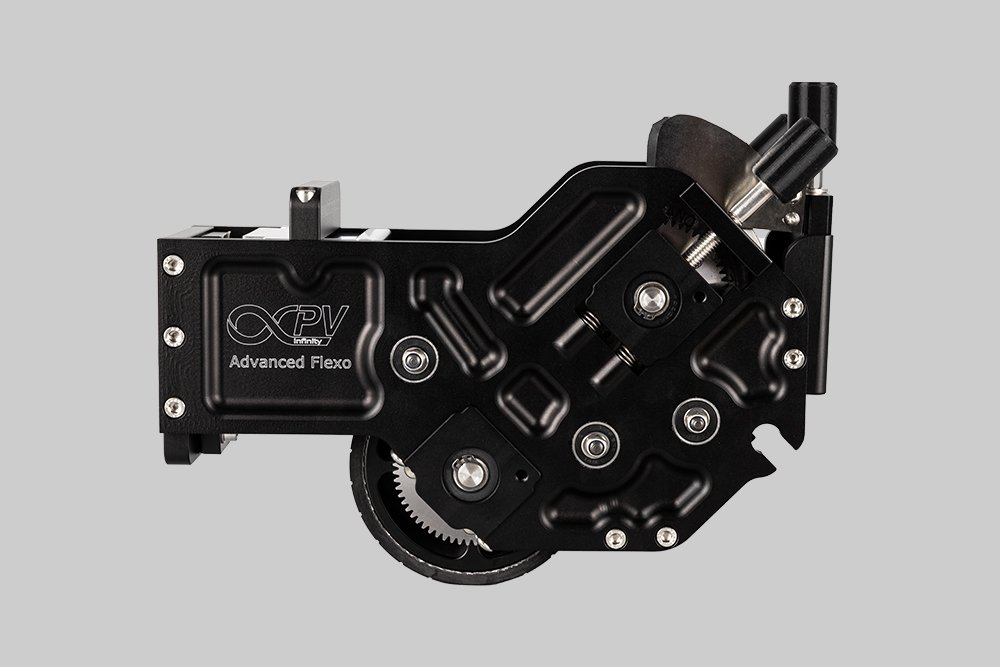
Probably the World’s Most Compact R2R Slot-die Coater: A compact, fully integrated roll-to-roll coating platform for laboratories, complete with a mounting system, anodized rollers, a syringe pump, a 65 mm stainless slot-die head and an infrared oven system—delivering unmatched precision and scalability.